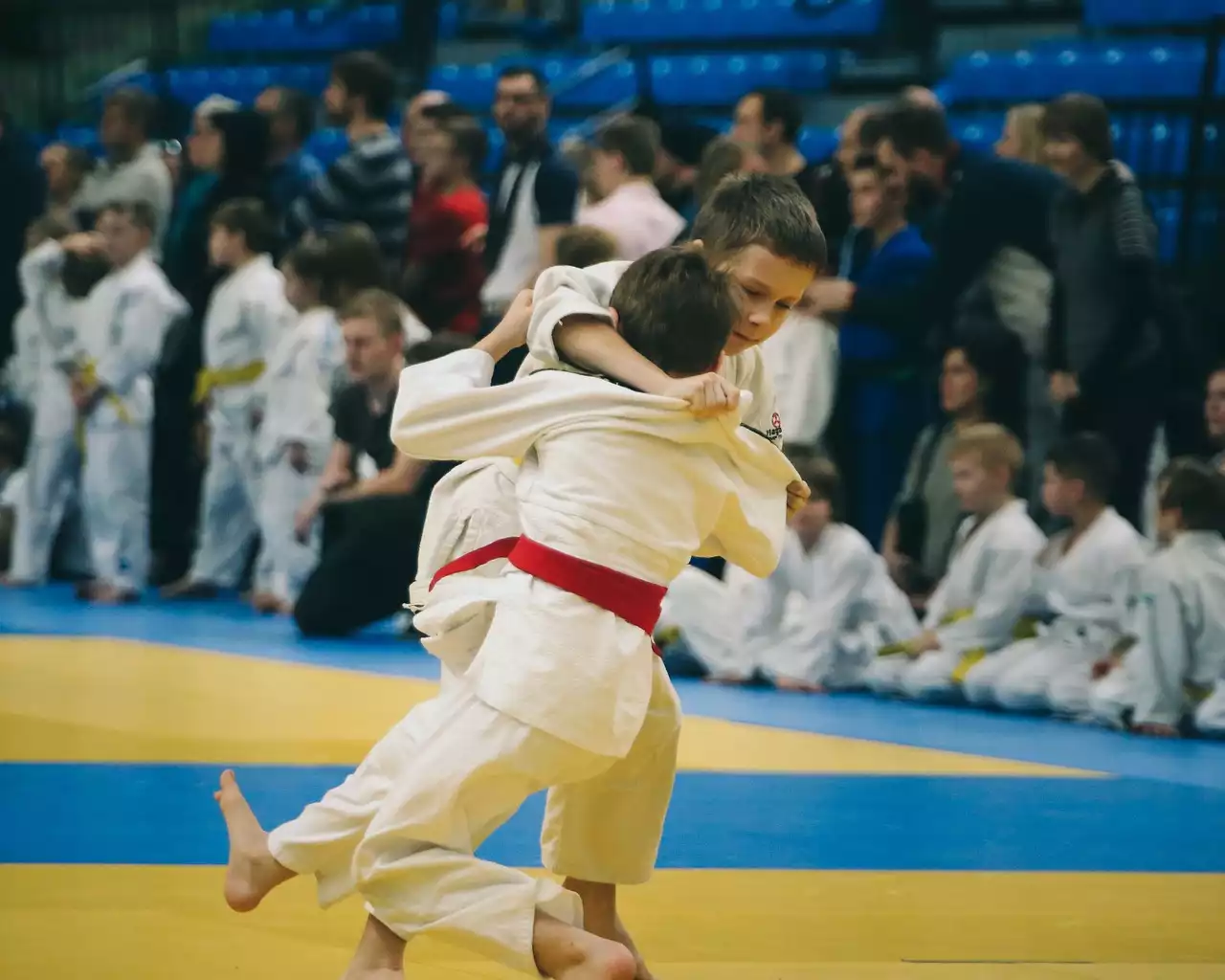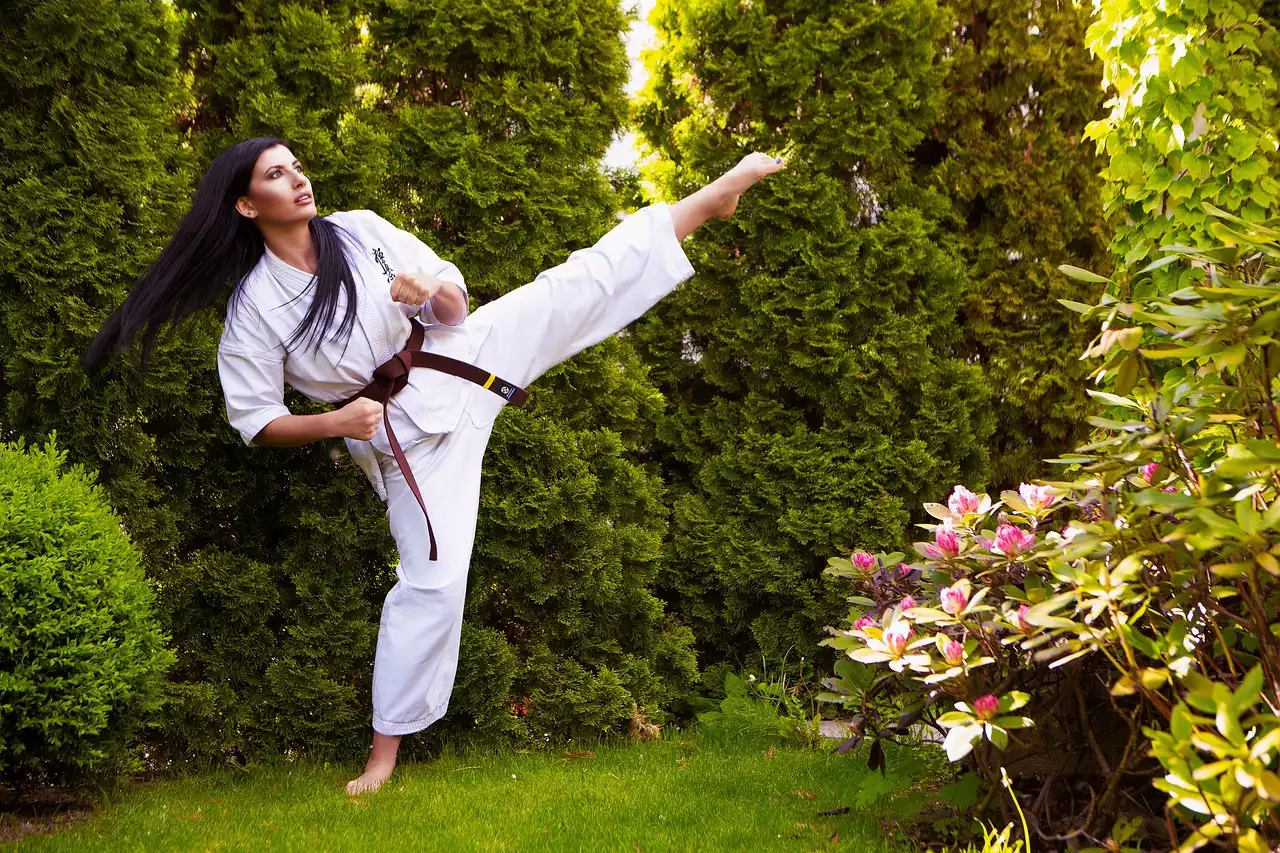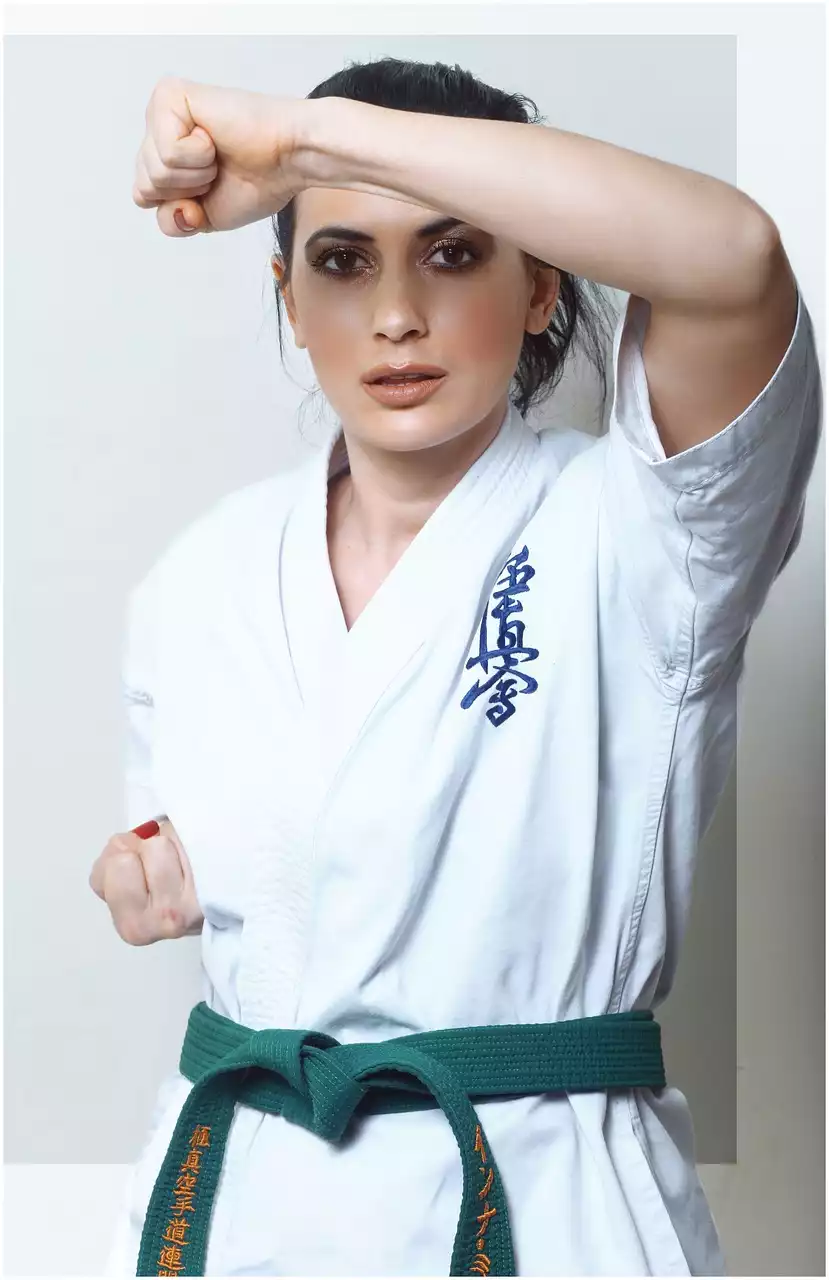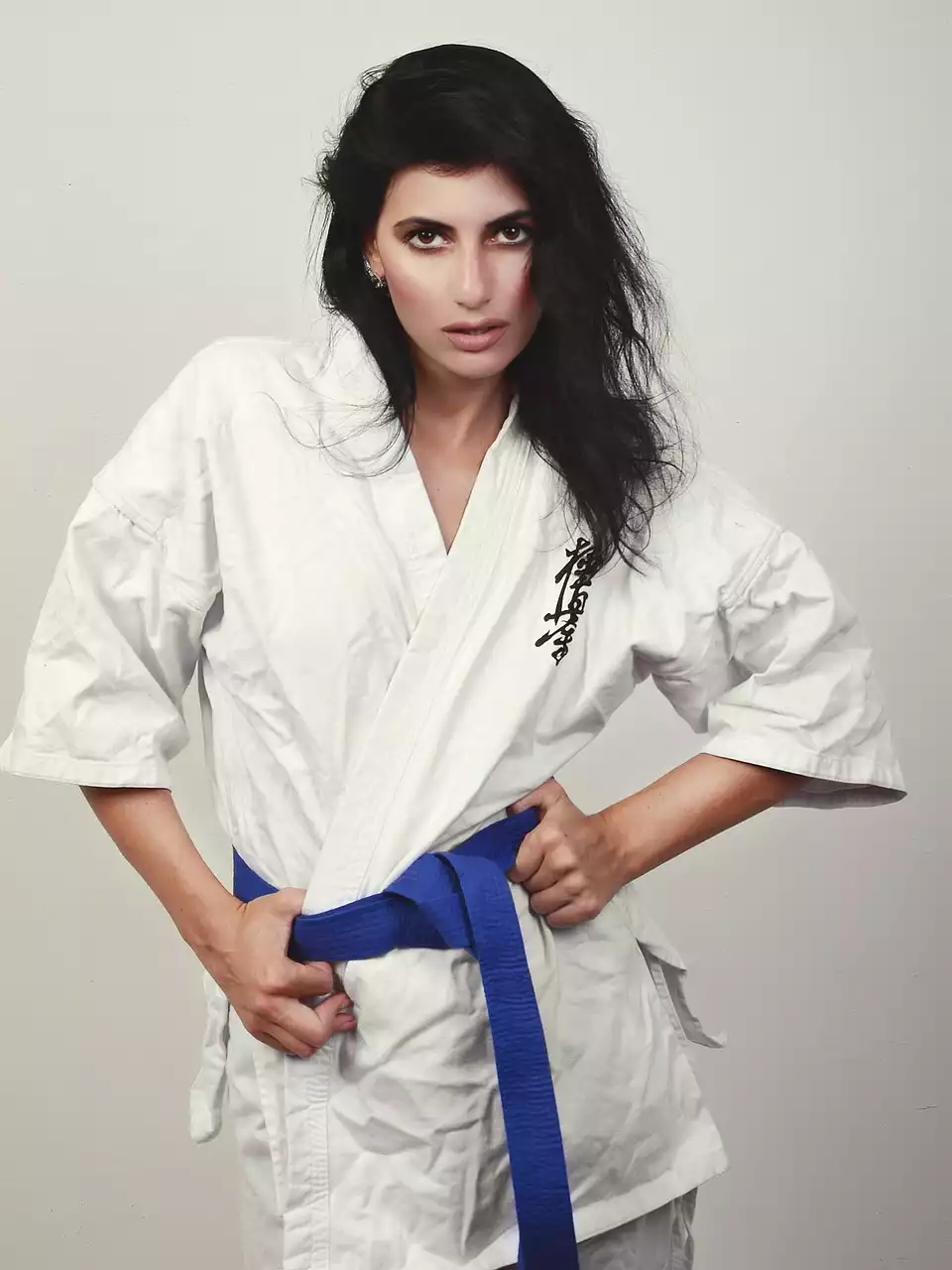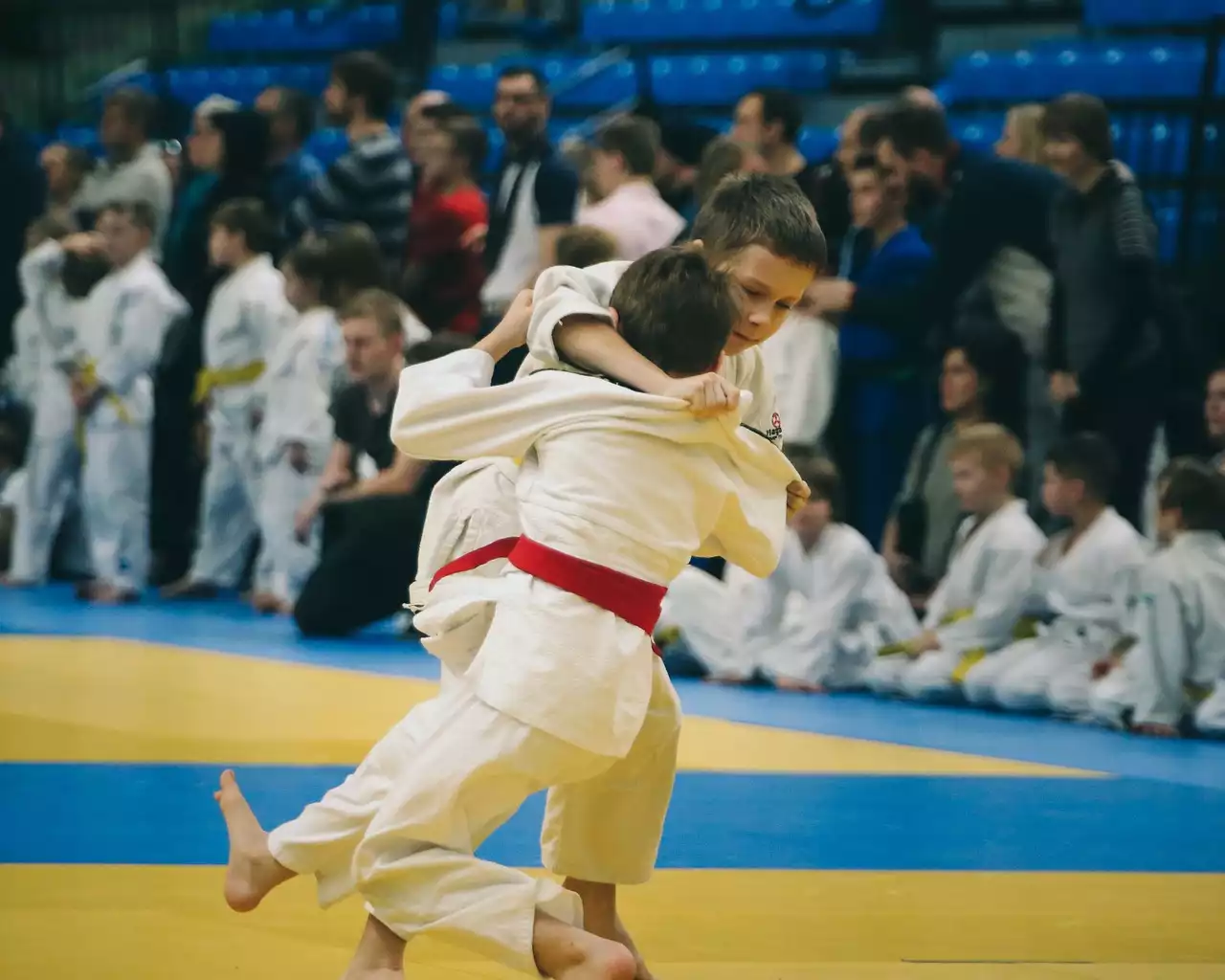Importance of mastering throwing techniques
Throwing techniques are the backbone of Judo. They form the core of the sport and are an essential component of every Judoka's training. Without proper throwing techniques, it's impossible to succeed in Judo competitions. Moreover, throwing techniques in Judo can also be applied in real-life self-defense situations, making them an invaluable skill to possess.
Mastering throwing techniques requires years of practice and dedication. Judokas must learn to execute throws with precision, timing, and speed. They must also develop the ability to read their opponent's movements, anticipate their actions, and use their body weight to leverage their throws.
Basic principles of throwing techniques in Judo
Before we dive into the essential throwing techniques in Judo, it's essential to understand the basic principles that govern them. The first principle is Kuzushi, which means off-balancing your opponent. Kuzushi is achieved by breaking your opponent's balance, making them vulnerable to your throw.
The second principle is Tsukuri, which means fitting in. Tsukuri involves positioning your body in such a way that you can execute a throw with maximum efficiency. It involves footwork, body positioning, and grip.
The final principle is Kake, which means execution. Kake involves completing the throw by using your opponent's momentum against them. It requires precise timing, speed, and technique to execute a successful throw.
Major types of throws in Judo
There are numerous throwing techniques in Judo, but they can be broadly classified into two categories: Tachiwaza (standing techniques) and Newaza (ground techniques). In this article, we'll focus on the essential standing throwing techniques in Judo.
Ogoshi (Hip Throw)
Ogoshi is one of the most common throwing techniques in Judo. It involves using your hip to throw your opponent over your back. To execute Ogoshi, you must first break your opponent's balance by pulling them towards you. Next, you pivot on one foot while lifting your opponent with your hip. Finally, you complete the throw by rotating your body and throwing your opponent over your back.
Seoi Nage (Shoulder Throw)
Seoi Nage is another popular throwing technique in Judo. It involves using your shoulder to throw your opponent over your back. To execute Seoi Nage, you must first break your opponent's balance by pulling them towards you. Next, you pivot on one foot while lifting your opponent with your shoulder. Finally, you complete the throw by rotating your body and throwing your opponent over your back.
Uchimata (Inner Thigh Throw)
Uchimata is a high-risk, high-reward throwing technique in Judo. It involves using your inner thigh to throw your opponent over your back. To execute Uchimata, you must first break your opponent's balance by pulling them towards you. Next, you lift your leg and place it between your opponent's legs. Finally, you complete the throw by using your inner thigh to lift your opponent and throw them over your back.
Footwork and body positioning in throwing techniques
Footwork and body positioning are essential components of throwing techniques in Judo. Proper footwork and body positioning allows you to execute throws with maximum efficiency and effectiveness. When executing a throw, you must first break your opponent's balance by pulling them towards you. Next, you must position your body in such a way that you can execute the throw with maximum efficiency. Finally, you must use your footwork to pivot and rotate your body to complete the throw.
Tips for improving your throwing techniques
Improving your throwing techniques in Judo requires years of practice and dedication. Here are some tips to help you improve your throwing techniques:
- Focus on the basics: Mastering the basics of Judo is essential for improving your throwing techniques. Focus on footwork, body positioning, and grip.
- Practice regularly: Practice is the key to improving your throwing techniques. Try to practice at least three times a week to improve your technique.
- Seek feedback: Ask your coach or fellow Judokas for feedback on your technique. Feedback can help you identify areas where you need to improve and make adjustments to your technique.
- Watch videos: Watching videos of experienced Judokas executing throws can help you improve your technique. Pay attention to their footwork, body positioning, and grip.
Common mistakes to avoid while executing throws
Executing throws in Judo requires precision, timing, and technique. Here are some common mistakes to avoid while executing throws:
- Overcommitting: Overcommitting to a throw can leave you vulnerable to counterattacks. It's essential to maintain your balance and position while executing a throw.
- Poor footwork: Poor footwork can result in a failed throw. It's essential to pivot and rotate your body properly while executing a throw.
- Weak grip: A weak grip can make it challenging to execute a throw. It's essential to maintain a strong grip on your opponent while executing a throw.
The role of grip in throwing techniques
The grip is an essential component of throwing techniques in Judo. A strong grip allows you to control your opponent's movements and execute throws with maximum efficiency. Different throwing techniques require different types of grips, such as sleeve grips, lapel grips, and belt grips. It's essential to develop a strong grip and learn how to use it effectively while executing throws.
Drills to improve your throwing techniques
Drills are an essential component of Judo training. Here are some drills to help you improve your throwing techniques:
- Uchikomi: Uchikomi involves practicing the entry and positioning of a throw without completing the throw. It's an effective way to improve your footwork, body positioning, and grip.
- Nagekomi: Nagekomi involves practicing throws with a partner. It's an effective way to improve your timing, speed, and technique.
- Randori: Randori involves practicing throws in a live sparring situation. It's an effective way to improve your ability to read your opponent's movements and anticipate their actions.
